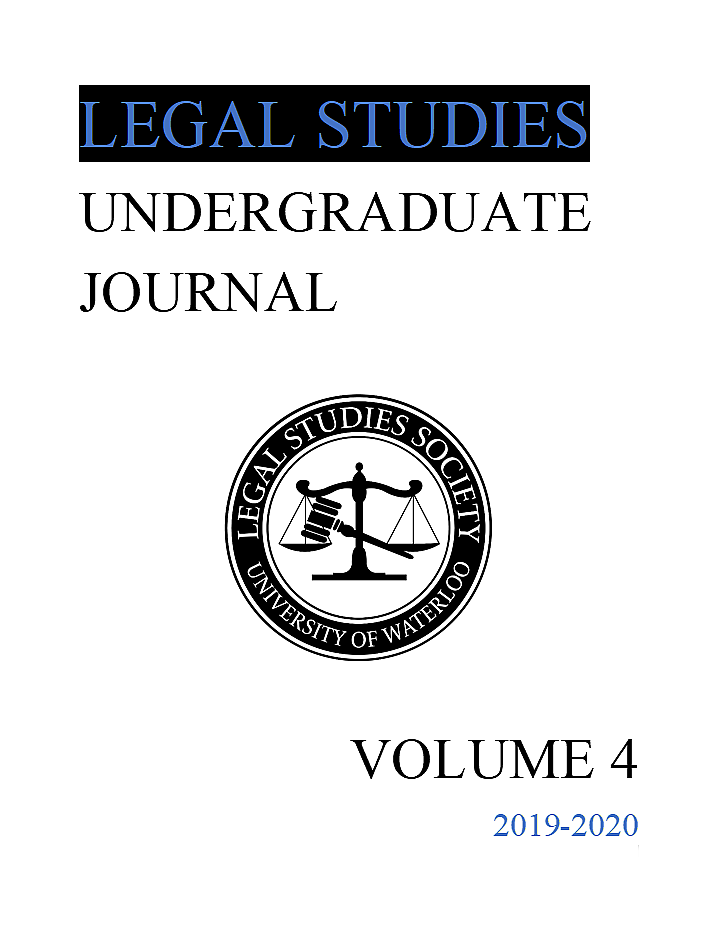Where Autonomy Belongs: The History of Abortion Laws in the Canadian Context
Abstract
From the time of approximately 3000 B.C., abortion, in some form has been a necessary tool of society, and used by many women within it for both personal and medical reasons (Lader, 1966). Despite this fact, after five millennia, abortion continues to be a much-debated issue in the modern era. This paper will use historical sources to sketch a timeline of Canada’s history of abortion practices, which will focus on the rapidly shifting legal status of abortion in Canada, and how it has come to be recognized the way it is today. The first era will be one that predates Dr. Henry Morgentaler and his efforts in abortions and abortion rights. The second era will surround his work, and what was accomplished during his time battling for abortion rights. The final era will be one of a modern Canada, and where abortion stands in the eyes of the law after the era of Morgentaler has passed. The goal of each section will be to identify where the law originally stood, how society, government, or the law may have influenced it, and finally, where abortion laws were at the end of the era, transitioning into the next. This paper will ideally function as a period at the end of the sentence that is the abortion debate, stating that restrictions to autonomy should cease, and encourage others to push for the same. Ultimately, this paper will argue that men have no place determining whether or not women are allowed access to an abortion, as it is ultimately a women’s issue. Even other women should have no say in what others do with their own body and life – the debate on abortion is essentially questioning just how autonomously people can act regarding their own bodies.
Published
Issue
Section
License
All authors have referenced and footnoted all ideas, words, and/or other intellectual property from other sources used in the completion of the essays. All authors have included a proper reference list, which includes acknowledgement of all sources used to complete the paper. The essays within this journal shall not be reproduced in any form without permission of the publisher or the author, and shall also not be resubmitted in any way for use in any academic setting.Â

